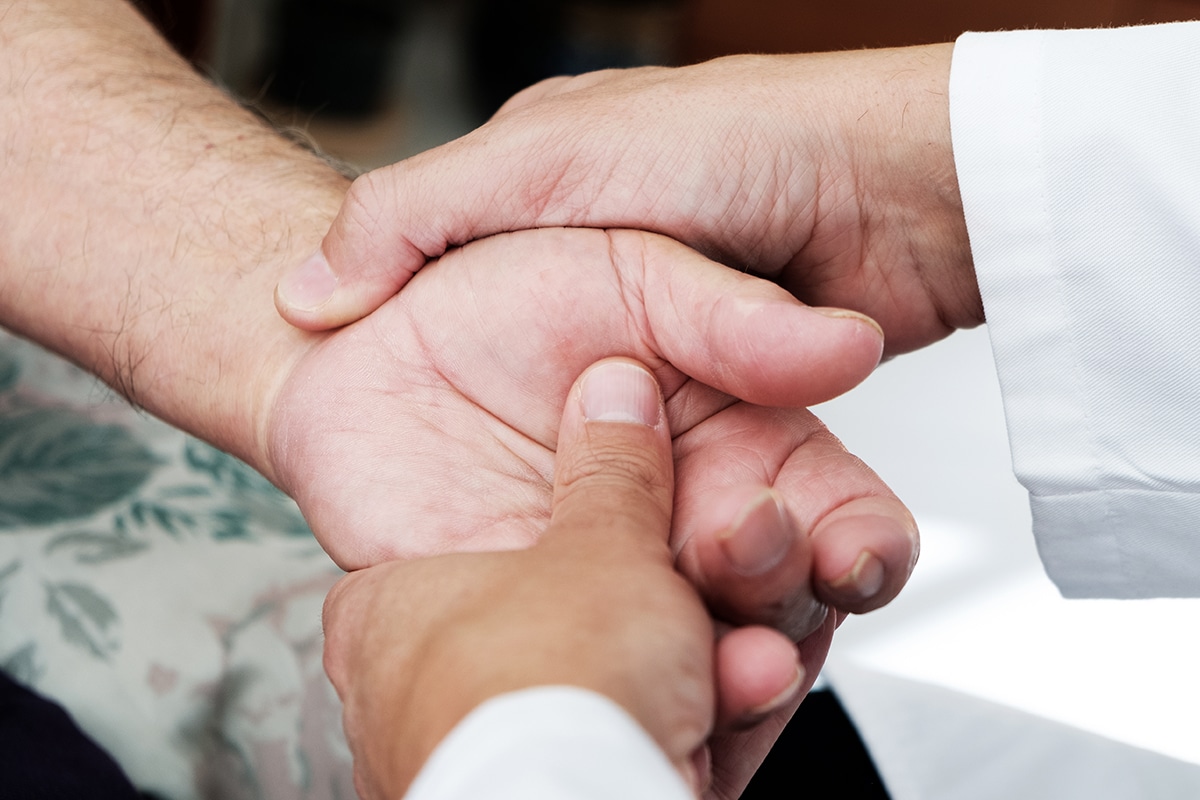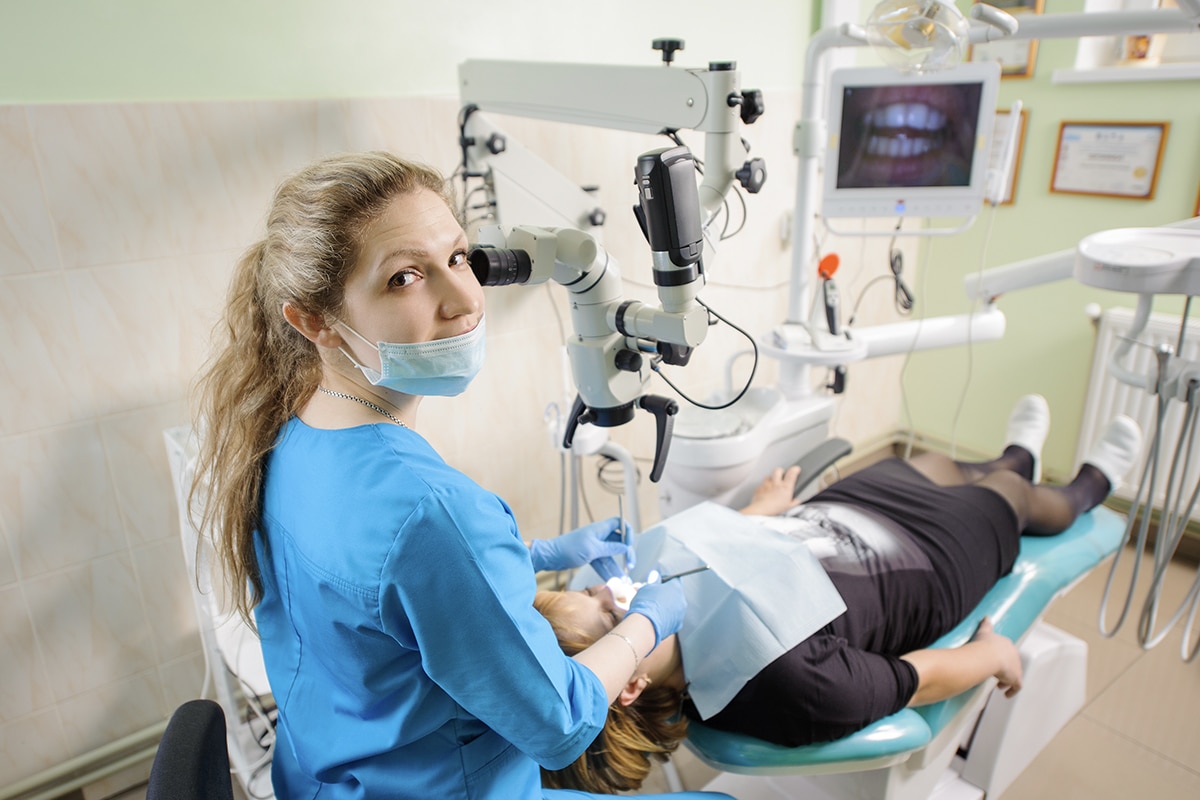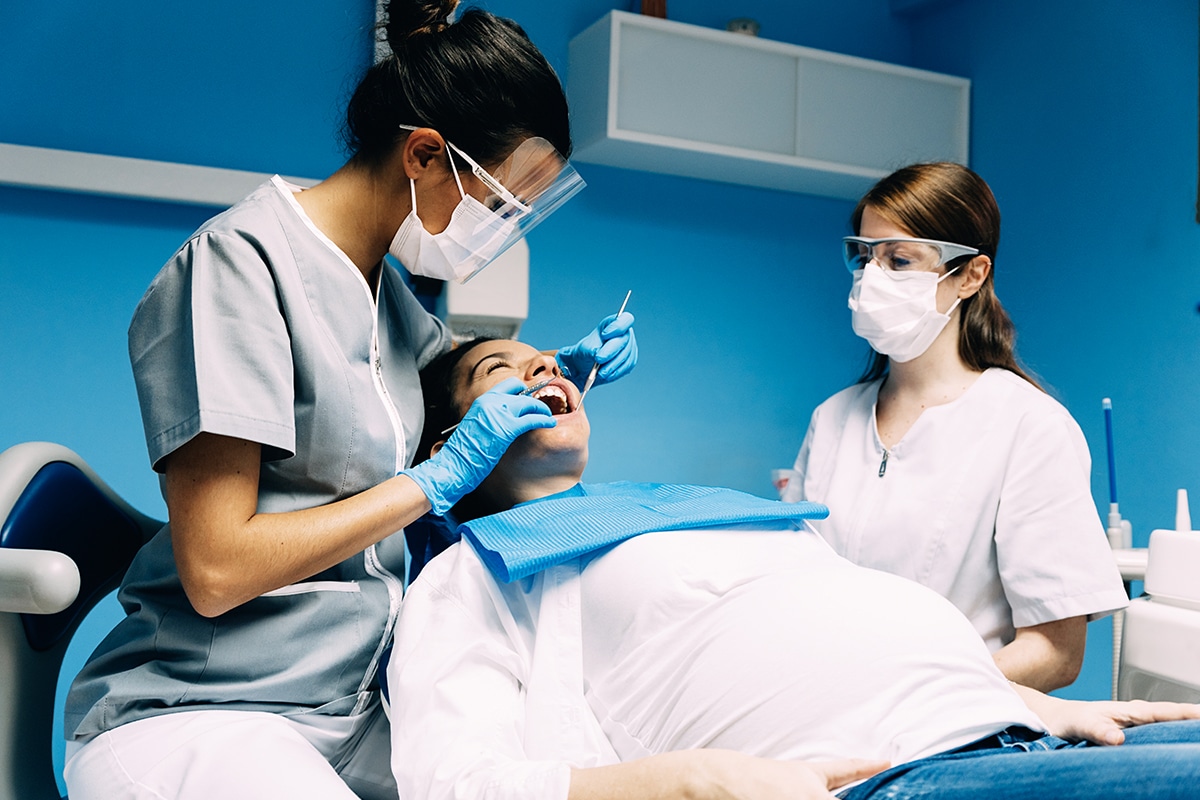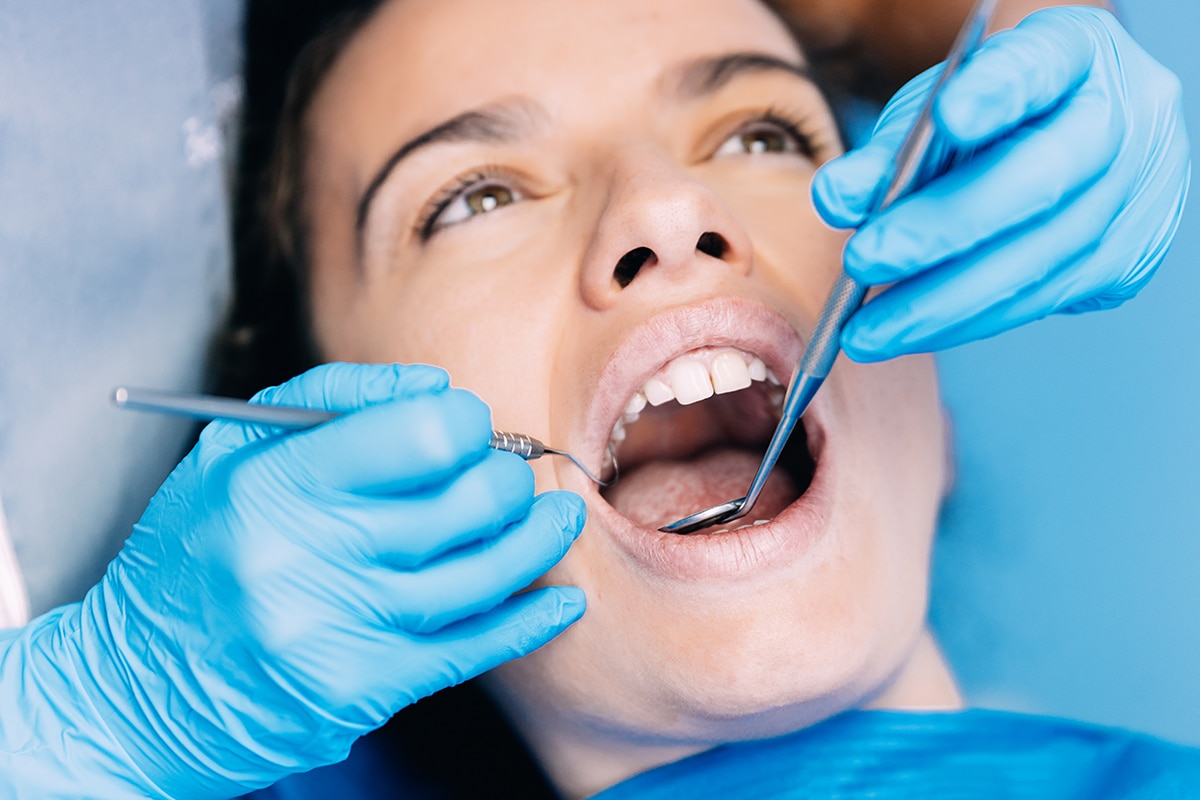The Effects of Joint Hypermobility
Joint hypermobility (JH) can adversely impact your dental hygiene career and the effectiveness of periodontal instrumentation.

The Effects of Joint Hypermobility
Joint hypermobility (JH) can adversely impact your dental hygiene career and the effectiveness of periodontal instrumentation. JH or joint laxity is an increased range of motion in the joints. Many individuals refer to this condition as “double-jointed.” JH is common in those with genetic diseases, such as Marfan syndrome, Ehlers-Danlos syndrome, and osteogenesis imperfecta. However, JH also occurs among individuals without rare hereditary conditions. The majority of people with JH do not experience any systemic problems.
Photo Credit: Songbird839/ISTOCK/GETTY IMAGES PLUS

Prevalence of Joint Hypermobility
JH occurs in 10% to 25% of Western populations. Its prevalence is associated with age, gender, and ethnicity. Although joint laxity is widespread in children, it decreases with age. Overall, women experience a higher prevalence of JH than men. There is an increased incidence among people of African, Asian, and Middle Eastern descent. JH of the hand was at least three times higher among Asians than Caucasians.
Photo Credit: karinsasaki/ISTOCK/GETTY IMAGES PLUS

Seeking Medical Care
Periodontal instrumentation places physical and technical demands on hypermobile joints and significantly impacts effectiveness. Clinicians with JH typically need to increase the use of the muscles surrounding their lax joints in order to maintain neutral positions, proper grasps, fulcrums, and adequate lateral pressure. Prolonged, repetitive efforts to compensate for the hypermobility of the joints may cause strain and lead to chronic pain. When individuals with JH experience musculoskeletal pain symptoms, medical intervention is needed.
Photo Credit: nito100/ISTOCK/GETTY IMAGES PLUS

Instrument Handle Diameter
Large diameter instrument handles allow practitioners with JH to increase finger contact for comfort and control. A clinician with JH has a tendency to use either the centers of the finger pads or the joints when holding the instrument handle, rather than the fingertip half of the pads. As the fingers increase pressure against the handle, the contact area increases; however, a small handle diameter has less available surface area to control the instrument.
Photo Credit: sujit kantakad/ISTOCK/GETTY IMAGES PLUS

Correct Grasp
Optimal periodontal instrumentation requires a modified pen grasp to allow dynamic movement to control the instrument and a fulcrum to provide stability and leverage. With JH, the grasp can be ineffective and tiring because it may deviate from the tripod finger positioning of the classic modified pen grasp. A hypermobile grasp usually exhibits a collapse or hyperextension of the joint closest to the tip of the index finger and the thumb. These bent joints are inclined to lock, preventing the ability to make adjustments during instrumentation. In order to allow these finger adjustments and resting of the joints during instrumentation, a relaxed grasp using exploratory detecting strokes should be used intermittently, with the firm grasp required for effective working strokes.
Photo Credit: anatoliy_gleb/ISTOCK/GETTY IMAGES PLUS

Adapting Fulcrums
JH causes intraoral same-arch fulcrums to collapse, affecting stability and leverage. Severe hyperflexion of the fulcrum finger can lower the hand closer to the occlusal plane of the teeth, closing the angle of the blade and limiting necessary wrist movements. When this occurs, adjustments to restore proper angulation, adaptation, and power of the stroke must be made to decrease the risk of burnishing calculus. These adjustments may include extraoral or alternative fulcrums, selection of different instruments, changing of clinician and/or patient positions, or fulcruming on the side of the ring finger rather than the pad.
Photo Credit: santypan/ISTOCK/GETTY IMAGES PLUS

Using Lateral Pressure
Hypermobile joints cause decreased lateral pressure when they fatigue or collapse on either the grasp or the fulcrum. Lack of adequate pressure can result in residual burnished calculus on root surfaces. Attaining the proper varied lateral pressure required for instrumentation may require assistance from the nondominant hand. Reinforcing the instrument with the index finger or thumb of the nondominant hand can increase the power, sustained pressure, and precision needed during instrumentation.

